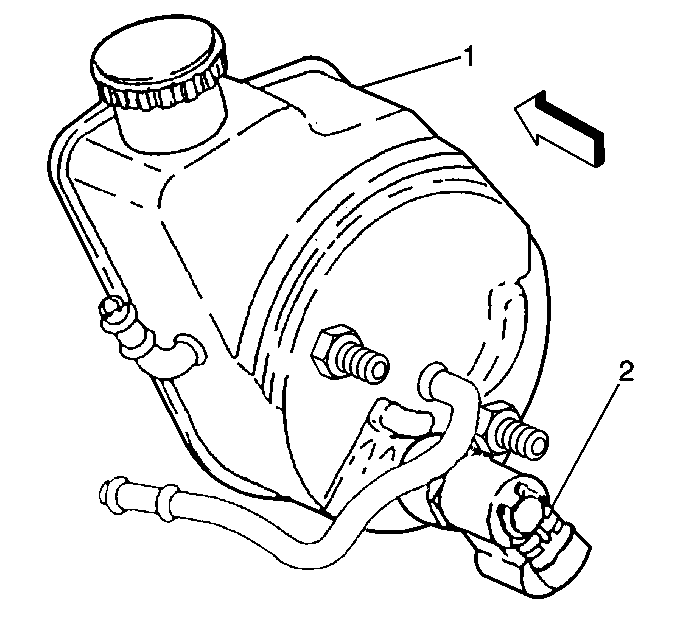The PS solenoid actuator, mounted in the power
steering pump, contains a solenoid operated valve. Discharged fluid passes
through an orifice in the solenoid. As the vehicle speed increases, the
EVO/Passlock™ module increases the pulse width modulation (PWM) signal
to the PS solenoid actuator. Higher current gradually moves the valve further
and further into the orifice. This action restricts the passage of the fluid
flow through the orifice, reducing the power assist in the steering gear.
For diagnosis of the steering system, refer to
Power Steering System Test
in Power Steering System.
Because the EVO/Passlock™ module sends a variable signal, the
PS solenoid actuator provides various levels of the power assist. The EVO
system therefore consistently adjusts the power steering assist for changing
vehicle speeds and changing driving conditions. For the repair procedures,
refer to
Power Steering Solenoid Actuator and Discharge Fitting Replacement
. For diagnosis, refer to
Variable Effort Steering System Check
.

